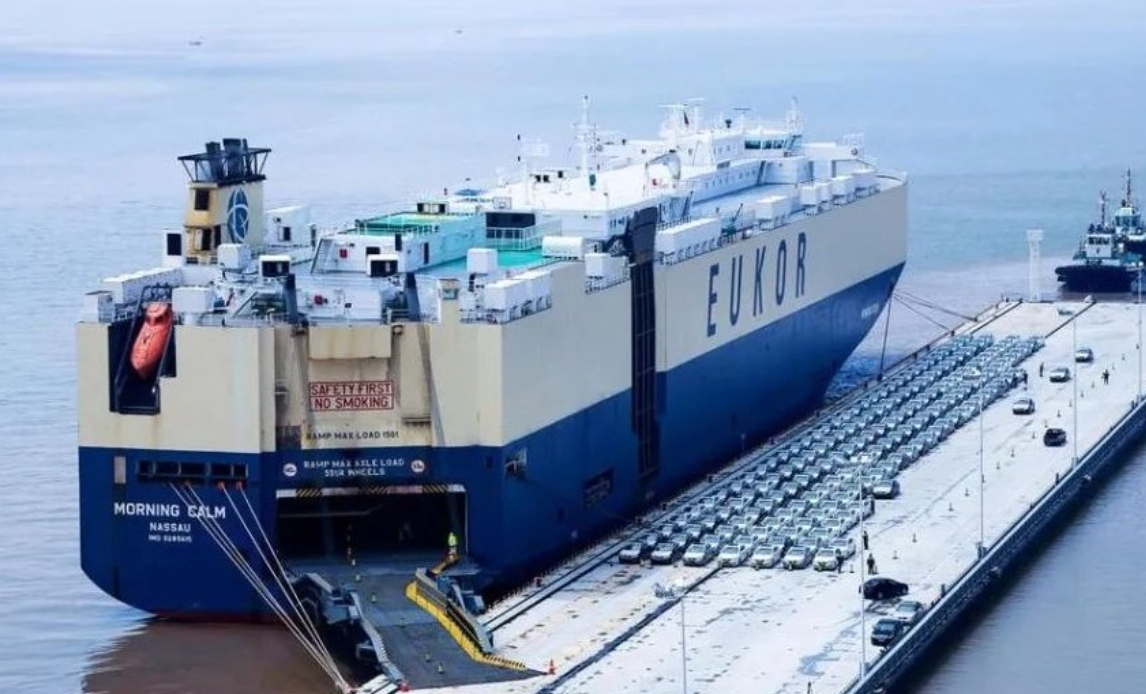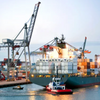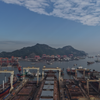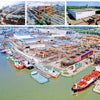Global Car Carrier Market Report

This global car carrier market report uses detailed data from global light vehicle exports, shipping capacity supply VS. In-depth analysis of the global automobile shipping market pattern in the fourth quarter of 2023 from the perspective of : Demand, Rent, Freight, Ship Asset Value and Green Shipping, and Forecasts Market Rent, Freight and Ro-Ro Ship Asset Value trends in the next two years.
2023 Market Review.
Last year, the rental market was supported by rising light vehicle exports from China (+37%), Japan (+15%), and South Korea (+21%) and the continued shortage of car carrier capacity. Shipping costs and asset values remain at all-time highs.
Figure 1: VV January 2014-January 2024 6,500 CEU/5,000CEU.
Car carrier time charter index The 21% growth rate of strong trade demand in the Far East far exceeds the 1.5% growth rate of global shipping capacity supply, causing the global supply and demand imbalance to further expand.
Japan, China, South Korea, Thailand, Indonesia and India will export a total of 13.64 million light vehicles in 2023. Due to the huge gap in the number of ships, this impressive automobile export performance has brought unprecedented freight and rental pressure to exporters and charterers.
The one-year time charter index for VV 6,500CEU car carriers closed at an average of US$106,672 per day, a year-on-year increase of 89%. As charterers have limited alternative tonnage options, tonnage suppliers seize the opportunity of capacity shortages and continue to earn high profits through higher-profit 3- or 5-year leases.
The new delivery of a China-made 7,000 CEU dual-fuel car carrier has a 5-year time charter of over $70,000/day, generating forward revenue of nearly $130 million for the tonnage supplier, an increase over a similar deal completed in 2022 10%. At the end of 2023, the asset value of 10-year-old standard 6,500 CEU and medium-sized 4,000 CEU car carriers hit historical highs of US$84.8 million and US$6,480, an increase of 0.68% and 68% respectively.
In the fourth quarter of 2023, the average contract freight rate on the route from China to Northern Europe reached US$81/cubic meter, an increase of 6% compared with the first half of 2023.
Second-hand ship trading is active
The data is from Venson
Transport capacity supply deteriorated
For the whole year of 2023, global cargo volume closed at 383.47 billion parking space miles, a year-on-year increase of 2.2% in 2022. However, the sudden Red Sea crisis at the end of November severely affected Asian export trade, and a large number of ships exported from Asia were forced to reroute from the Suez Canal to bypass Africa.
The capacity from China to Europe/Mediterranean decreased by 25%. In January this year, capacity supply further deteriorated, with a year-on-year decrease of 31%.









